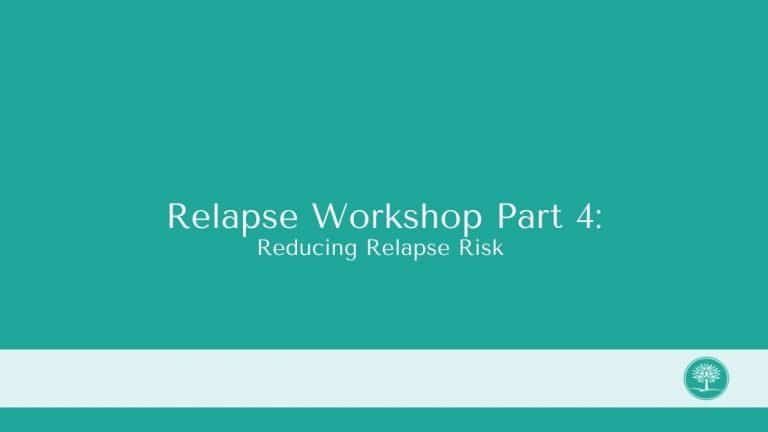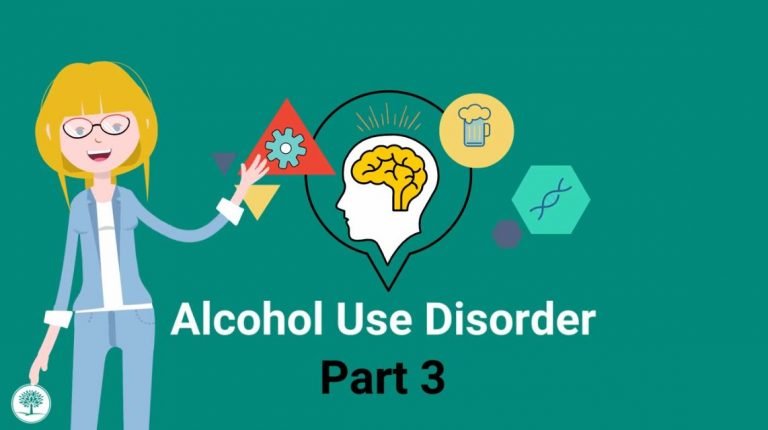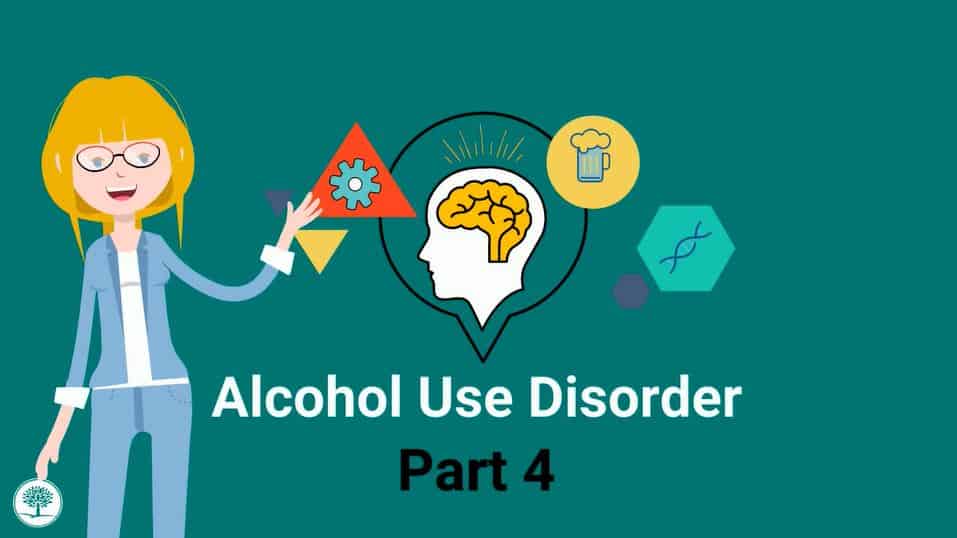Estimated watch time: 5 mins 56 secs
Summary:
With cognitive behavioral therapy (CBT), you can start to learn strategies to stop avoiding anxiety triggers. This guide walks you through the importance of taking small steps to work past avoidance. As you’re doing so, you should become mindful of how your progress makes you feel.
Other Addiction & Mental Health Resources
The Recovery Village has several, free resources for those living with addiction or mental health conditions and their loved ones. From videos, to clinically-hosted webinars and recovery meetings, to helpful, medically-reviewed articles, there is something for everyone. If you need more direct help, please reach out to one of our representatives.









